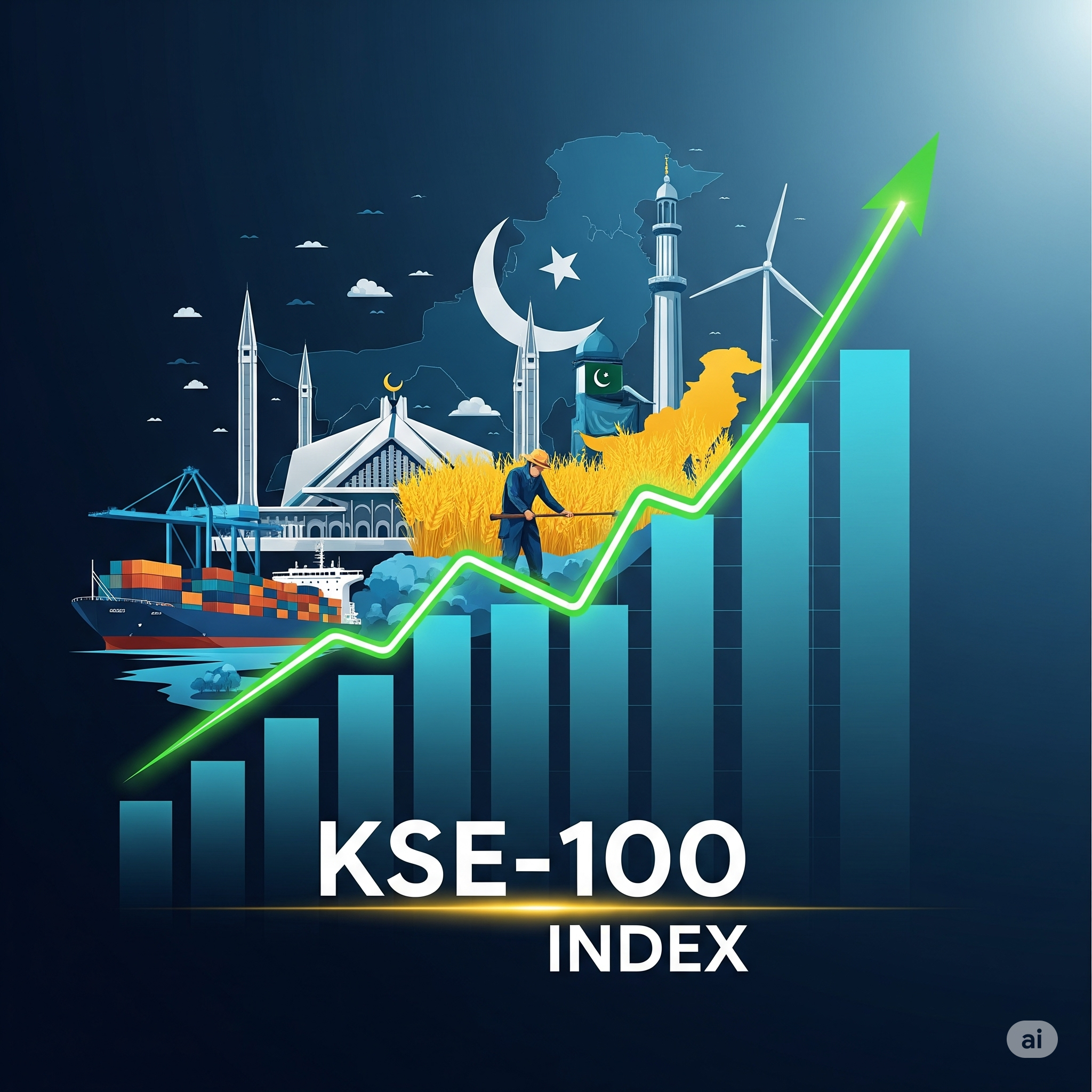The global stage is a chessboard, and Pakistan, positioned at a critical nexus of South, Central, and West Asia, is making its moves with strategic precision. For years, the China-Pakistan Economic Corridor (CPEC) has been the cornerstone of its development narrative. But with a new chapter of engagement with the United States, Islamabad is now walking an intricate economic tightrope, seeking to balance its deep-rooted partnership with China and a renewed focus on broader international trade.
The Evolution of CPEC: More Than Just Roads and Power Plants
CPEC Phase II marks a significant shift from the initial focus on large-scale infrastructure projects. While the first phase was defined by the Gwadar port, motorways, and energy plants, CPEC Phase 2 is about industrial and agricultural cooperation, and socio-economic development. Special Economic Zones (SEZs) are now central to the plan, aiming to attract foreign and local investment, create jobs, and foster industrial growth. This new phase is about building an industrial base, not just a physical corridor.
A New Chapter for the US-Pakistan Relationship
For decades, the US-Pakistan relationship was heavily defined by security and counter-terrorism cooperation. However, recent diplomatic and trade-focused meetings have signaled a strategic pivot. The United States is showing a growing interest in Pakistan’s economic potential, particularly in key sectors like IT, renewable energy, and textiles. This US-Pakistan trade thaw represents a recognition of Pakistan’s burgeoning economy and its role as a regional trade hub, separate from its traditional security role.
The Great Balancing Act: Islamabad’s Geopolitical Tightrope
CPEC Phase II and The US-Pakistan Thaw: How Islamabad is Navigating a New Economic World Order
The global stage is a chessboard, and Pakistan, positioned at a critical nexus of South, Central, and West Asia, is making its moves with strategic precision. For years, the China-Pakistan Economic Corridor (CPEC) has been the cornerstone of its development narrative. But with a new chapter of engagement with the United States, Islamabad is now walking an intricate economic tightrope, seeking to balance its deep-rooted partnership with China and a renewed focus on broader international trade.
The Evolution of CPEC: More Than Just Roads and Power Plants
CPEC Phase II marks a significant shift from the initial focus on large-scale infrastructure projects. While the first phase was defined by the Gwadar port, motorways, and energy plants, CPEC Phase 2 is about industrial and agricultural cooperation, and socio-economic development. Special Economic Zones (SEZs) are now central to the plan, aiming to attract foreign and local investment, create jobs, and foster industrial growth. This new phase is about building an industrial base, not just a physical corridor.
A New Chapter for the US-Pakistan Relationship
For decades, the US-Pakistan relationship was heavily defined by security and counter-terrorism cooperation. However, recent diplomatic and trade-focused meetings have signaled a strategic pivot. The United States is showing a growing interest in Pakistan’s economic potential, particularly in key sectors like IT, renewable energy, and textiles. This US-Pakistan trade thaw represents a recognition of Pakistan’s burgeoning economy and its role as a regional trade hub, separate from its traditional security role.
The Great Balancing Act: Islamabad’s Geopolitical Tightrope
The most complex challenge for Pakistan’s foreign policy is navigating its dual relationships with two of the world’s largest economies. This is no longer a zero-sum game. Islamabad is demonstrating its ability to be a partner to both Beijing and Washington, leveraging CPEC to build its national infrastructure while simultaneously opening its doors to American investment and trade. This strategy is key to securing its position in a multipolar world. The goal is to avoid being forced to choose, instead establishing itself as a vital economic node for both powers.
This intricate balancing act is a defining feature of the geopolitical shifts taking place globally. For the Pakistan economy 2025, this means a diversified portfolio of investments and trade partners. It reduces over-reliance on a single country and opens up new avenues for growth, skill development, and market access.
The Road Ahead: Potential and Pitfalls
The success of this strategy hinges on a few key factors. Domestically, Pakistan must ensure political and economic stability to capitalize on this renewed international interest. The government’s regulatory framework must be transparent and conducive to foreign investment.
On the international front, Islamabad must continue its diplomatic push, showcasing its economic potential and reassuring its partners of its commitment to a balanced, mutually beneficial foreign policy. If successful, this approach could see Pakistan emerge as a true economic bridge, connecting East and West and securing a more prosperous and stable future.

